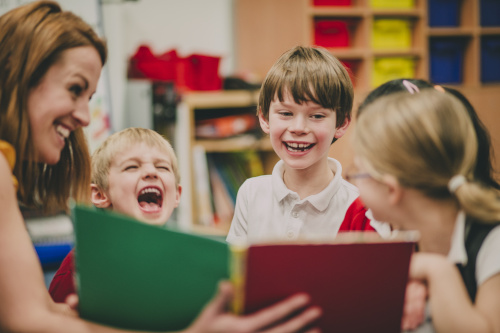
I’m currently a 4th grade teacher at an elementary school in North Carolina, a Post Master’s student at the University of North Carolina – Greensboro, and a Science partner with Next Generation Academy. I have been in the profession for nearly two decades. So much has changed over the years: from overhead projectors to online collaborative tools–not to mention the internet as a teaching resource, district leadership, teaching standards… the list goes on.
But one lesson that’s grown more important as the years pass is the importance of wellness. The pandemic has shown, clearly, the impact wellness has on students: the U.S. Attorney General recently reported a 40 percent increase in student sadness or hopelessness while Mental Health America shared that 2.5 million kids live with severe depression.
While we correctly center students in the education conversation, we also need to discuss educator wellness. The 2021-22 school year is notable in that it’s marked by a shocking staff shortage that continues to grow. One reason most likely is the extreme measures that teachers take to ensure students get a great education (think stuff like giving up lunch time, planning periods, and days off, professional development on their own time). This means 48 percent of teachers think of quitting, and that number could be growing.
Creating a successful and lasting educational impact on students needs to involve a teacher’s wellbeing. Here are three tactics I’ve found to be successful in centering educator wellness:
Infuse SEL into the classroom.
Beginning to incorporate social emotional learning strategies into your instruction and school day can seem overwhelming, I know it was for me at first. A resource that’s been helpful for me and my colleagues (and one in which I had the honor of partaking) is the Master Class Series from the Social Emotional Learning Coalition.

